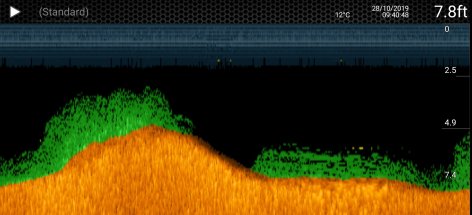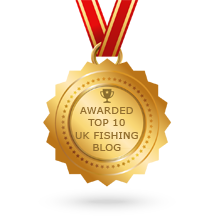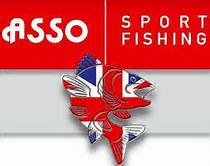Beginners Guide To Carp Features
1. Overhanging Trees

These are simple to find and more or less every lake has them. You must bear in mind the possibility of fallen branches and other debris. The first/best thing to do is just run a lead through the swim. This will help you to determine which part is the best to fish. I personally like to fish the gravel area under the trees, as this area has clearly been cleaned by the carp. I also like to fish a very bright bait. I feel that the carp are just moving through these areas looking for food. A bright bait will take their interest and they (hopefully) will investigate it. There is likely to be debris on the bottom and even the possibility of Zebra mussels (or something that) may cut the line. It’s best to fish a heavy line 18lb and I like to fish a heavy hook.
2. Snags

Firstly, you have to be very mindful of fishing snaggy areas and think of the carp’s safety. If you are not confident and your setup is not up to the job, please don’t do it. These can be very productive spots, the carp feel safe and secure, and therefore will feed much more confidently
3. Bars

They are brilliant spots, as they often use them as transit routes around the lake. You’ll need to watch which side or even the top, they prefer to use.
4. Plateau
Can be very productive areas, as they can be like a dinner plate for the carp!
5. Deep holes
Deep holes often fill up with lots of natural food. These can be natural or dug out by feeding carp. Until you find one and take a look with your own eyes, you wouldn’t believe it’s possible. It can resemble a crater on the moon.
6. Gaps between islands

This is another very simple feature to find and carp just love these. They have the potential to hold food and are generally used as patrol routes between different parts of the lake. Carp (like humans) generally cut corners and the best corner to cut is the corner of an island. Don’t forget the middle, as this is a very unfished part of the lake. If the lake is very pressured by anglers, the fish will cut through the middle. Bait wise – same as before. They will generally be moving through the area and it won’t be a holding area.
7. Cover

Not the same as snags, it’s an area where they feel is very safe and inaccessible by anglers, e.g. undercut bank, bridges
8. Margins
These are some of the most overlooked areas of a lake. For some reason, these have become very overlooked areas. You don’t need to have the ability to be able to cast at long range. You would be amazed at the amount of time carp under your rod tips!
9. Bloodworm beds
Probably the best area of any lake. You just have to work out, when the carp are feeding on a particular bed which are dotted around your lake.
10. Silt beds
Silt beds are my personal favorite these days. My old favorite was snag fishing but the older and slower I get, I don’t feel confident that I’m giving a 100% towards the carp’s safety. So, I put all my effort into these area’s, as they are the ones that hold the food – when you don’t have any weed beds.
11. Humps or indentations

Nearly the same as deep holes, but not. If you have an area that is pretty flat and covering a large area, a hump or indentation can make all the difference to hold food items.
12. Running water e.g. inlets
Carp absolutely love running water. This is for a number of reasons, but simply because of the freshness of the water and oxygen levels
13. Weed beds

These will be packed with food items and are one of the best areas on a lake to fish.
14. Out of bounds areas
Lots of lakes contain these now and placing bait in or around the exits of these areas can produce a bite.
15. No carp swims
If there is a swim that’s called ‘no carp’ etc. Go fish it.
16. Overlooked areas
If you walk around a lake, there will always be swims that just don’t get fished. The overgrown swims etc, these are just perfect and always good to fish in the margins firstly.
I hope this helps you catch a lot more carp and a new personal best.
Until next time
Richard





























